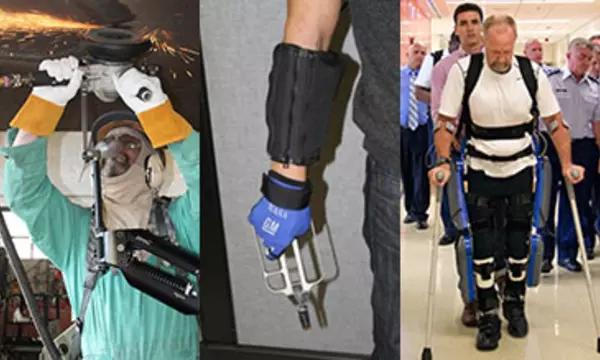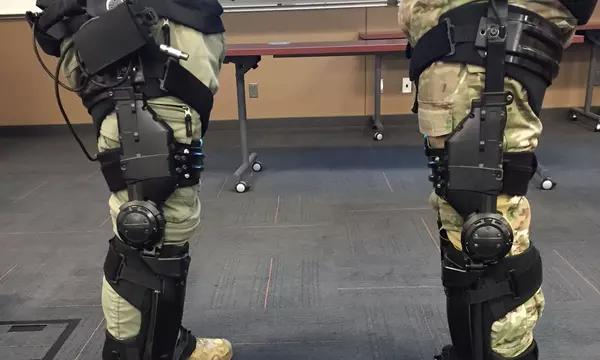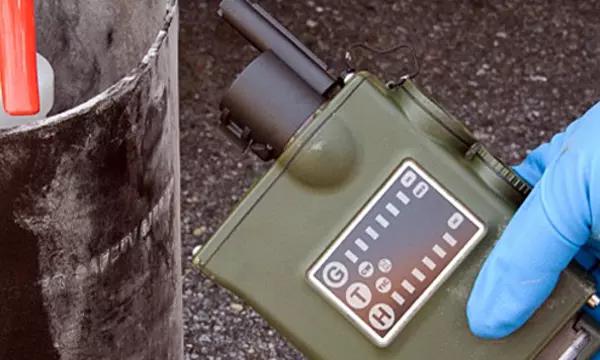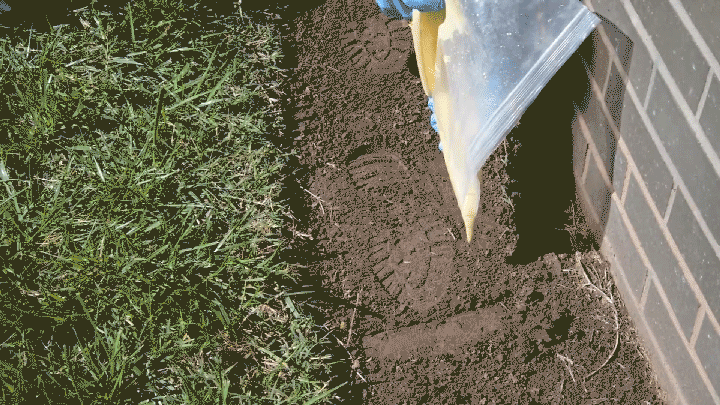Exoskeleton Technical Interchange Meeting: Jan 26-27, 2017
Providing national security professionals with the innovative technical solutions and information they need to prevent and respond to terrorism
We work to improve public safety and security through science-based standards. We do this by promoting innovative technologies, fostering communications, and building enduring partnerships with federal, state, local, private sector, and international partners.
We focus on developing technical standards related to national security, including measurement science and standards for Chemical/Biological/Radiological/Nuclear/Explosive (CBRNE) detection, personal protective equipment (PPE), and physical infrastructure resilience and security.
Our efforts support the 2011 National Strategy for CBRNE Standards through improved interagency collaboration for standards development.














